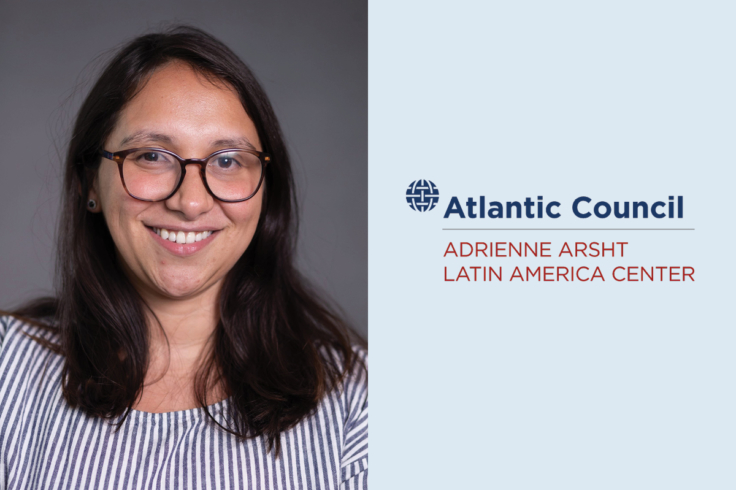The Need for a Comprehensive Partnership with Central America
The migrant surge at the Southern border — and the outrage the headlines generate— is understandable. As of late March, over 600 unaccompanied minors were, on average, detained at the US-Mexico border each day. In less than a month — from February 28 to March 20 — Border Patrol had apprehended over 11,000 minors. In border facilities that are meant to hold 250 people, there are now over 4,000. Seeing children in cramped conditions is gut-wrenching and is only part of the reason urgent action in Central America is needed.
The pandemic has devastated Central America’s already vulnerable economies. With the 2021 hurricane season fast approaching, back-to-back natural disasters may bring the region to the breaking point and an effective response to the situation is key. However, prospects for long-term regional recovery require a strategy rooted in opportunities. Persistent lack of economic opportunity, weak institutions, insecurity, and corruption inhibit sustainable development.
A comprehensive partnership with Central America will pay dividends for decades to come. Without significant international investment led by the United States, the region will descend further into chaos. Over the past four years, efforts to help strengthen the Northern Triangle and improve conditions on the ground have been scarce. Since 2018, policies to deter immigration focused on separating families, “taking away children”, and raising the credible fear threshold for thousands of asylum-seekers who were escaping situations of abuse, violence and life-threatening danger. Then, additional policies like the Migrant Protection Protocols continued to put migrants in danger, by returning them to perilous Mexican border towns while they waited for asylum hearings. But perhaps the most damaging policy from the past four years was the safe-third country agreements that the Northern Triangle countries acquiesced to, under pressure from the United States, which deemed murderous corners of the Northern Triangle safe for asylum-seekers to await hearings. Changing the on-the-ground conditions demands a more holistic approach to development in the region – the focus cannot just be on deterrence.
Substantial obstacles stand in the way of Central America’s rich potential. The countries must improve governance, take serious steps to reduce corruption, and work across sectors to promote inclusive economic opportunities. Undeniably, the best way to alleviate the pressure at the border is by focusing in-region. Central America cannot wait for help – and in the long run, Central American prosperity is in the interest of the United States.
–Maria Fernanda Bozmoski, Deputy Director, Programs, The Adrienne Arsht Latin America Center at the Atlantic Council



